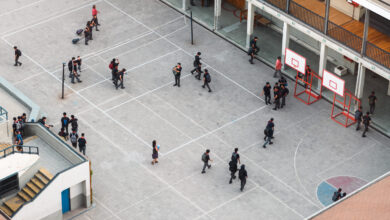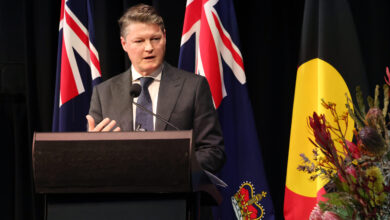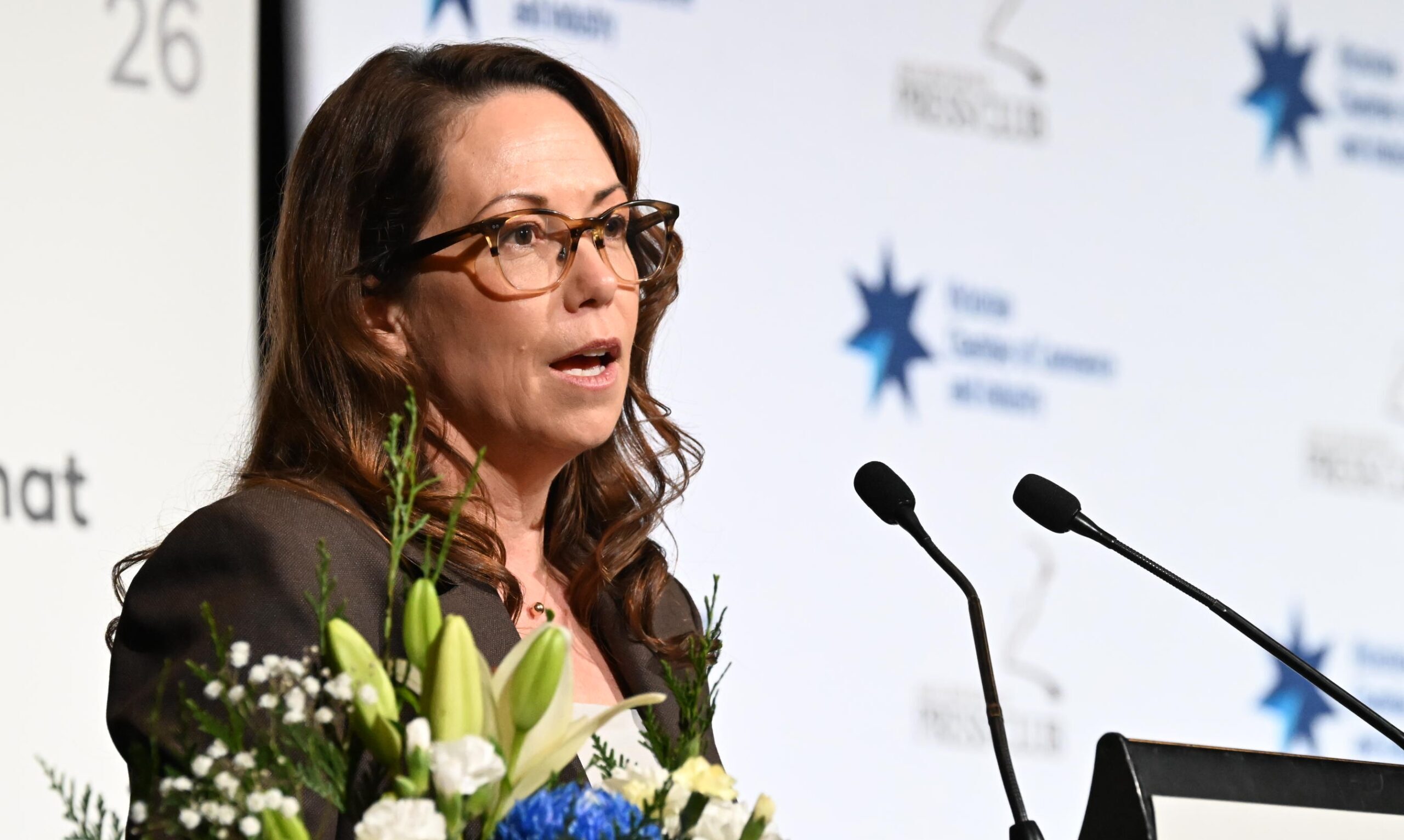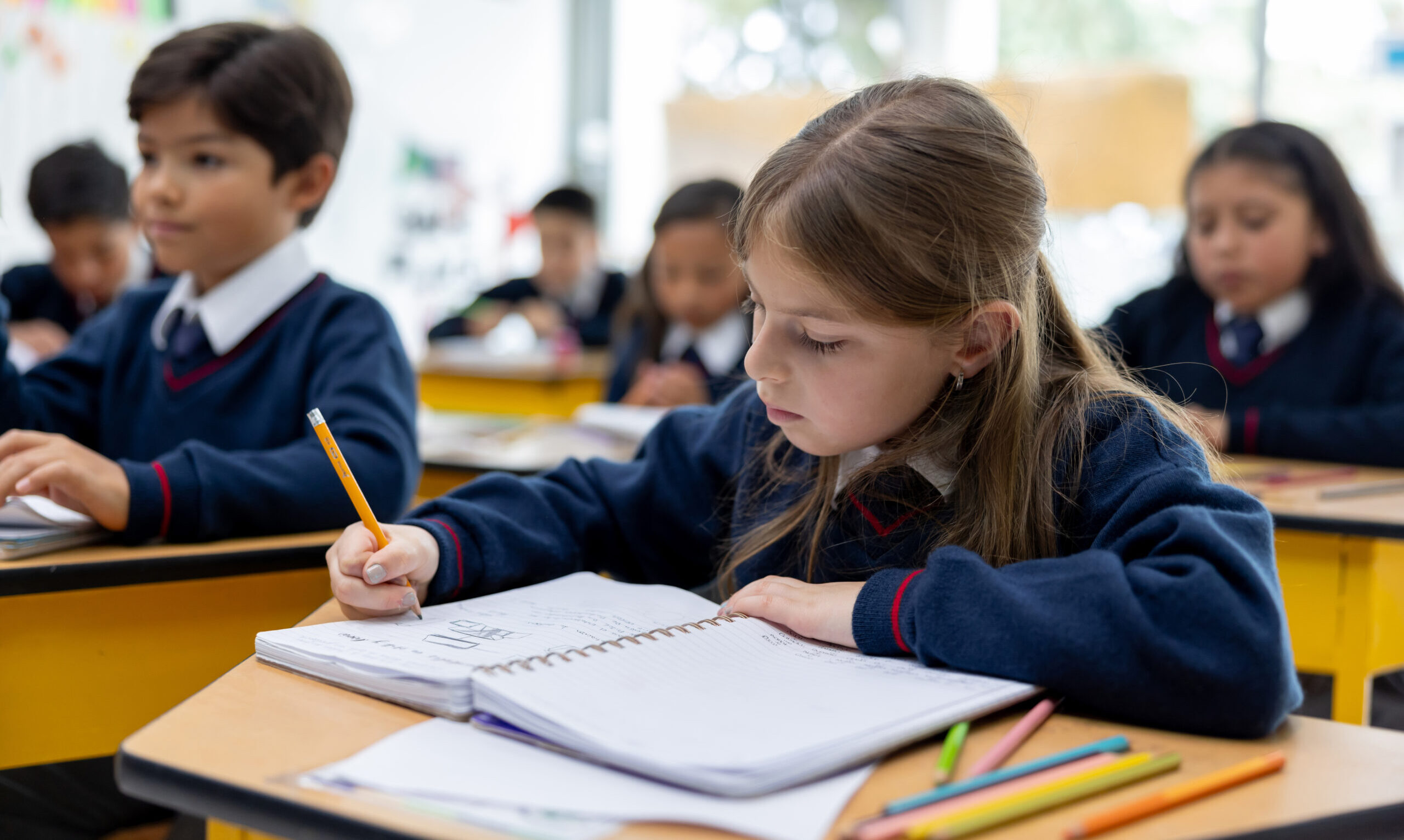OpinionSchool ManagementTop Stories
Returning to school: What we’re looking forward to and what will be missed – Opinion
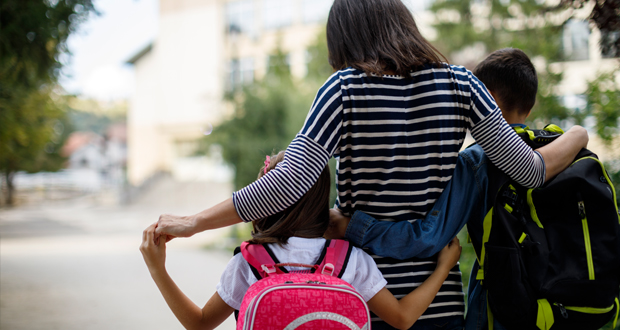
It is with considerable excitement and a heightened sense of vigilance that Victorian schools have begun the staggered return to face-face learning for students, after more than six weeks of conducting the biggest education experiment this country has ever seen.
Please login below to view content or subscribe now.

